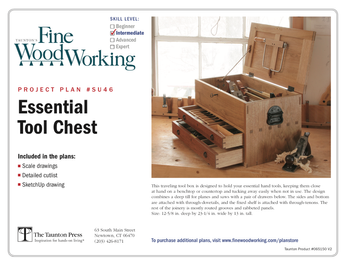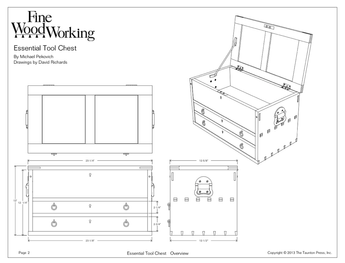I am a beginning woodowrker and I am having trouble applying edge banding to furniture grade plywood so that the edgeband is perfectly flush with the plywood. I cut the plywwod with a fine toothed blade and I sand the plywood lightly to remove any tiny pieces of torn out wood that might remain after the sawing. I rip the edgeband from lattice and I glue the edgeband with titebond glue, and clamps. When the glue has dried, the edge banding is not consistently flush with the plywood. In a number of places, there is a small space or crack between the plywood and the edgeband.
I try to fill the space with wood filler but, for some reason, the filler only fills a some of the spaces. I have tried pushing the filler very hard into the small crack and, I have also diluted the filler with water in the hopes that it would flow better into the small cracks, but when I sand the dried filler down, most of the open spaces remain. The frustrating part is that when I paint the piece, the cracks are still visible. What should I do?















Replies
How thick is the edge band? If it's really thin, there may be slight gaps on the backside. Try different saw adjustments on some scrap and see if the blade needs to be lower or higher. You should be able to get smooth, clean cuts. There aren't voids in the plywood, are there? Also, make sure the banding is totally smooth (but able to hold the glue). Different brands are made to varying levels of quality and you may want to try some others.
If you have large enough gaps or other gouges in wood that will be painted anyway, use Bondo to fill these. It's the best thing I have used. I sometimes use regular filler if it's only a few spots, but for situations where there is a lot to fill, Bondo is the one I use. I have a duplex, so for fixing what renters feel the need to damage is common.
toc
You mention that your trying to fill the gap between the edge tape and the ply but it does not fill.
Maybe your trying to fill where there is dried glue, it appears to be a void but it is really dry glue.
As far as why your not getting your edge banding to stick 100% there are numerous reasons.
The previous post asked, how thick are you making the edge banding?
If you are making it very thin than you might not be getting full pressure on the tape.
I have access to an edge bander so I don't have to deal with this all that much but when I just have to put some edge tape on a small piece and dont want to fire up the edge bander I will glue down with yellow glue and use masking tape for my clamps. You have to make sure your taping down along the entire edge.
You may also try thicker edge banding, if the look of that bothers you then there are some techniques that were in a FWW a short while back, don't have the issue at hand but some one probably will chime in here with it.
Doug
Toc,
Sounds to me like your saw is not set up very well. Most are able to glue up nosings (edge banding is the thin veneer stuff) straight off the saw with no problems. As far as getting the edges to line up, use a planer to achive the thickness then bend the nosing to match. I use brads to secure the nosing as I bend it into shape. If you have a jointer that will help also.
Good luck,
Mike
If you are using lattice for your edge band, I assume it is 1/4" thick.
I have two suggestions -- beyond the masking tape trick that was mentioned earlier.
First, cut the lattice slightly pround of the plywood edge, apply glue to both the edge and band, nail it on. Use some pencil marks between the ply/edge band and sand it until the pencil marks disappear and the edge band is dead flush.
If you want to avoid nailing it on, use long cauls as clamp pads. I keep some 3/4" X 3/4" oak strips (3-4' long) for this purpose.
toc
There are a couple of ways to sort out your problem.
Firstly if you are getting voids then try laying on thicker edge band so that clamping pressures are more evenly distributed. I often lay up edges around an inch thick, glue & clamp then rip & plane them back to the desired thickness.
You mentioned painting, using commercial pre-glued edge tape from a cabinetmakers' supplier may also be an option. White costs cents per metre (or yard), colours & timber veneers are dearer. Application is usually via an edge banding machine but pre-glued may be readily applied using a heat gun or your mother's/wife's/ significant other's iron. Clean it before retuning it or you may require Doc Biscardi's services to remove it from your skull. At least he'll be sympathetic & understand your side of the story:-).
Don
Or, go to a rummage sale and buy one for this use. If no rummage sales, go to a discount store- they're about $19.
"I cut this piece four times and it's still too short."
Is it possible that you are rounding the edges of the plywood when you are sanding it to knock off the 'splinters'?
This forum post is now archived. Commenting has been disabled